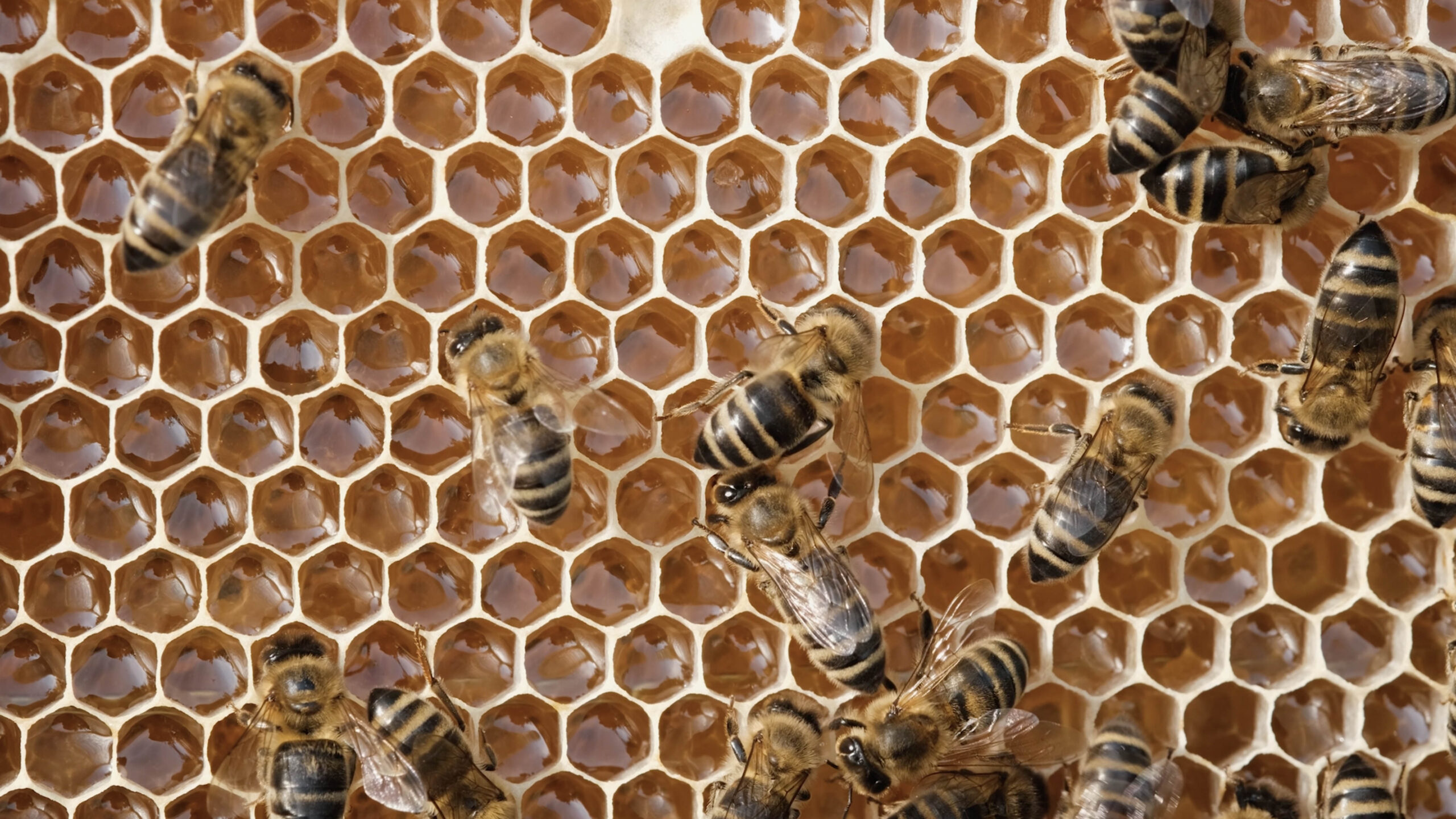In most years, North Carolina grows anywhere from 400,000 to 500,000 acres of wheat. While most of that wheat goes to feed livestock, roughly 7 million bushels of North Carolina wheat is processed into high-quality flours found at your grocery store and in many grain-based goodies.
Soft wheat varieties, which account for the majority of North Carolina-grown wheat, are used mostly in cakes, pastries, desserts and snack foods.
There are six classes of wheat grown in the United States. In North Carolina, farmers primarily grow soft red winter wheat, which is planted in the fall and harvested in late spring.
“Soft,” low-protein wheats – including most North Carolina-grown wheat – contain less gluten and are used for cakes, desserts, pastries and snack foods like crackers. “Hard,” high-protein wheats, on the other hand, are better for breads, thanks to higher levels of gluten, a protein that helps dough rise.
Planting the Seeds
Before any of those wonderful wheat products make their way to local store shelves and your pantry, farmers must plow and plant hundreds of square miles of wheat each fall, usher a healthy crop through an unpredictable winter and harvest tens of millions of bushels of wheat come springtime. Thankfully, they have help along the way.
NC State Extension specialists and county agents across the state help farmers grow healthy, high-yielding crops. Each year, Extension specialists study over 100 wheat varieties from up to 20 locations to determine how those varieties perform in different environments.
Extension shares research results with farmers through field days, websites and county centers statewide, providing demos and tools to inform growers about which varieties are better suited for certain areas, how to optimize production and, ultimately, determine which wheat is best for their farm.
Roughly three-quarters of all U.S. grain products contain wheat, including breads, cereals, cookies, crackers, pastas and more.
How does all of this farming and science flimflam impact you? We’re glad you asked.
In the case of North Carolina wheat, it means many of the foods you enjoy on a regular basis will be more abundant, of higher quality and more affordable. On a grander scale, farming and agricultural science create local jobs and economic opportunities, conserve natural resources, combat public health issues and feed a growing population.
Remember to #ThankAFarmer!
Fast Facts
- One bushel of wheat can make 45 loaves of bread (1 bushel = 60 pounds).
- There are six classes of wheat, and even more types of flours (flour is made by grinding up the wheat kernels).
- There are no commercially-available wheat varieties in the world today that have been genetically modified.
- According to USDA’s MyPlate nutrition recommendations, at least half of your daily grain consumption should come from whole grains (find your recommended daily intake).
- In North Carolina, Union County is the top wheat producing county (more than 50,000 acres).
- Categories:



